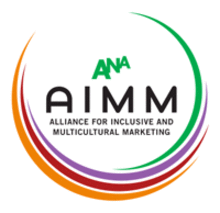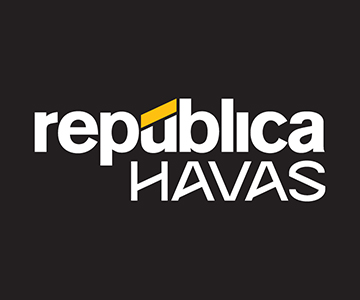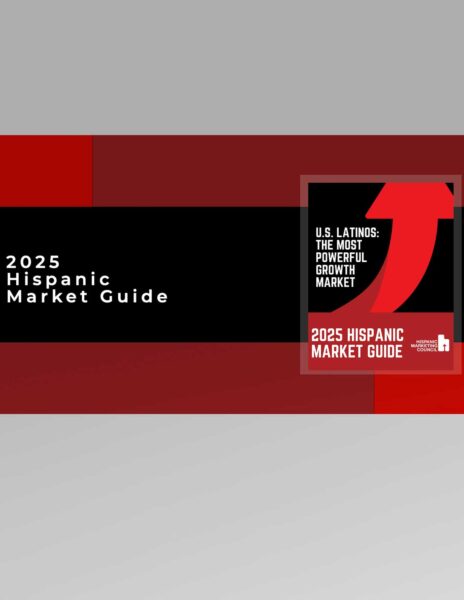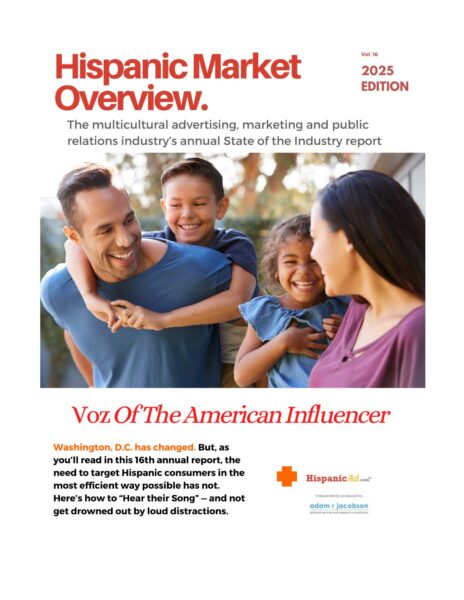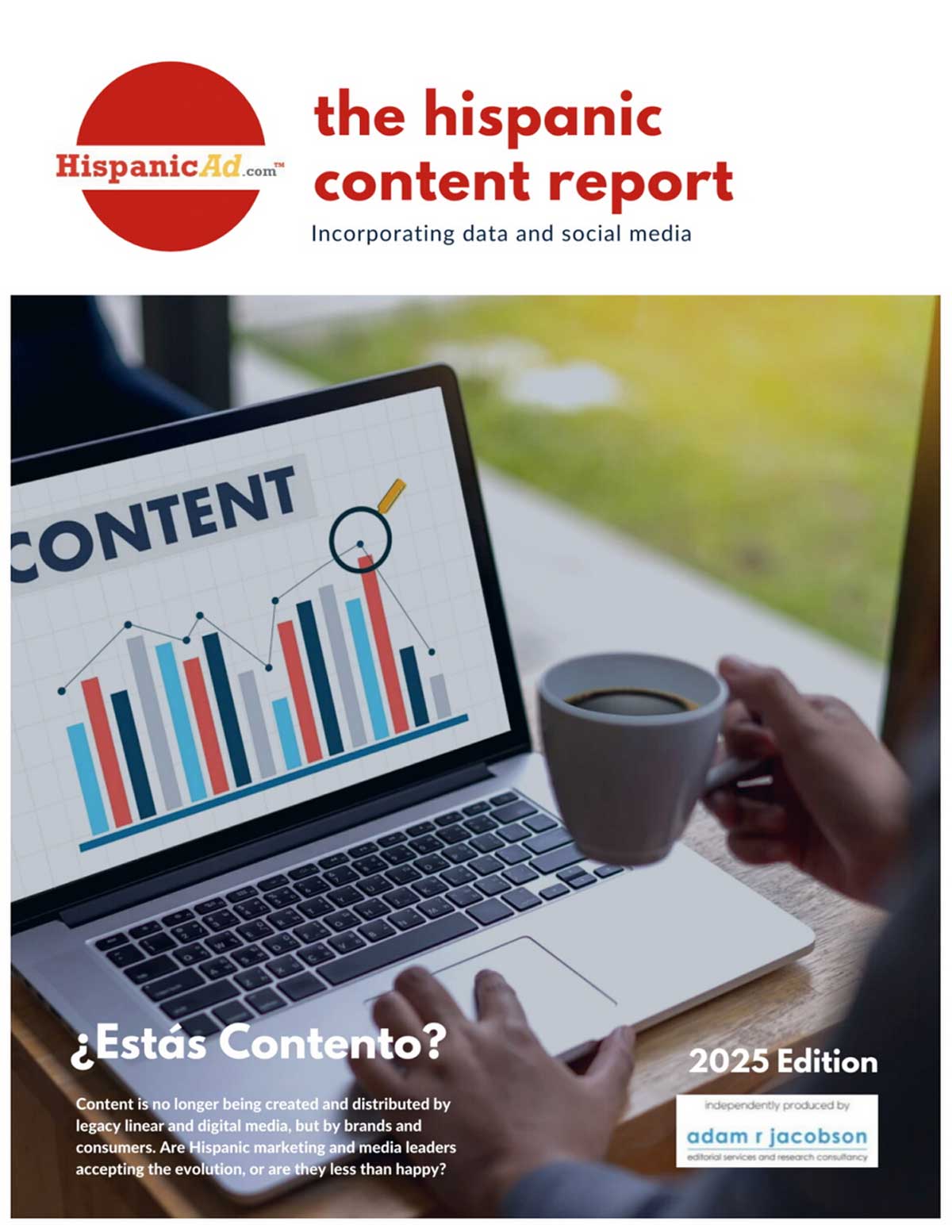![]() After a dinner at which I sounded off about the inability of big companies to innovate, my friend sent me a link to this article, ‘Why Big Companies Squander Good Ideas’ . It is another interesting read and it strikes a chord with me because it does not buy into the typical disruption model or assume that everyone is an idiot. by Nigel Hollis
After a dinner at which I sounded off about the inability of big companies to innovate, my friend sent me a link to this article, ‘Why Big Companies Squander Good Ideas’ . It is another interesting read and it strikes a chord with me because it does not buy into the typical disruption model or assume that everyone is an idiot. by Nigel Hollis
Marketing
Why disruption is a big challenge to big brands
2018 BrandZ Top 100 Global Brands
 The report tracks the value of the world’s most valuable brands and provides insights on the potential of strong brands. The total brand value of the 2018 BrandZ Top 100 is $4.4 trillion following a record 21% growth – equating to a rise of nearly $750 billion.
The report tracks the value of the world’s most valuable brands and provides insights on the potential of strong brands. The total brand value of the 2018 BrandZ Top 100 is $4.4 trillion following a record 21% growth – equating to a rise of nearly $750 billion.
What Makes Consumers Loyal to Brands?
![]() When a consumer finds a product they like—the perfect shade of red lipstick or a pair of shoes they can wear all day without a fuss—they tend to become repeat customers.
When a consumer finds a product they like—the perfect shade of red lipstick or a pair of shoes they can wear all day without a fuss—they tend to become repeat customers.
The New Economics of TV Advertising
 In the past, TV advertising’s value was obvious. Ask anyone “Where’s the beef?” or “Can you hear me now?” and chances are they’ll immediately associate those questions with Wendy’s and Verizon. But in the digital-first world, TV’s place in an omnichannel marketing strategy is shifting.
In the past, TV advertising’s value was obvious. Ask anyone “Where’s the beef?” or “Can you hear me now?” and chances are they’ll immediately associate those questions with Wendy’s and Verizon. But in the digital-first world, TV’s place in an omnichannel marketing strategy is shifting.
Choosing the Right KPIs
 Is the “like” on social still enough? How about the share or impression? Those are the questions many brands are asking after years of being inundated with vanity metrics on the reach and impact of ad campaigns.
Is the “like” on social still enough? How about the share or impression? Those are the questions many brands are asking after years of being inundated with vanity metrics on the reach and impact of ad campaigns.
The True Costs of Implementing In-House Advertising
 There’s been a recent trend among many brands of moving their advertising in house, as first reported by the Association of National Advertisers in 2013. Many companies cite faster turnarounds and lower costs as top reasons to make the move. Although the popularity of going in house hasn’t yet reversed, an increasing number of brands are realizing the choice isn’t always cut and dry, and that bringing advertising in house isn’t always as effective and efficient as they initially believed.
There’s been a recent trend among many brands of moving their advertising in house, as first reported by the Association of National Advertisers in 2013. Many companies cite faster turnarounds and lower costs as top reasons to make the move. Although the popularity of going in house hasn’t yet reversed, an increasing number of brands are realizing the choice isn’t always cut and dry, and that bringing advertising in house isn’t always as effective and efficient as they initially believed.
The big potential downside of zero-based marketing
![]() In theory the application of zero-based budgeting to marketing ought to be a good thing: no more budgets based on historical spending and funds allocated between options based on current performance. What is not to like? How about the fact that there is often a huge divide between theory and practice? by Nigel Hollis
In theory the application of zero-based budgeting to marketing ought to be a good thing: no more budgets based on historical spending and funds allocated between options based on current performance. What is not to like? How about the fact that there is often a huge divide between theory and practice? by Nigel Hollis
Are Face-to-Face Connections Extinct?
 Just when you think teens and young adults never look up from their screens, think again. Although every generation is using Facebook, Twitter, Instagram, YouTube and new platforms that are developing on the daily, social media is not the only way! That’s right, face-to-face connections are here to stay. By: CMC Research Chair Nancy Tellet
Just when you think teens and young adults never look up from their screens, think again. Although every generation is using Facebook, Twitter, Instagram, YouTube and new platforms that are developing on the daily, social media is not the only way! That’s right, face-to-face connections are here to stay. By: CMC Research Chair Nancy Tellet
Advertisers Get Annoyed By Ads Too
![]() Working in advertising isn’t enough to prevent a person from becoming fed up with the ads they see.
Working in advertising isn’t enough to prevent a person from becoming fed up with the ads they see.
Today’s Latina Is a Key Demographic for Marketers
 At a time when gaining new customers is a critical strategy for growth, it’s important marketers understand why Hispanic consumers are a key segment looking for all kinds of product and service solutions. Within this community, Latinas in particular have a huge influence on household purchases, so getting to know them better will be integral to developing a brand’s strategic marketing plans.
At a time when gaining new customers is a critical strategy for growth, it’s important marketers understand why Hispanic consumers are a key segment looking for all kinds of product and service solutions. Within this community, Latinas in particular have a huge influence on household purchases, so getting to know them better will be integral to developing a brand’s strategic marketing plans.
Never Underestimate the Power of Doing the Right Thing
 With major issues in the headlines affecting the multicultural community, there is no shortage of information sharing and social activism—both with in-person protests and social media fundraising. For example, according to the Washington Post, one in five Americans have protested in the streets or participated in political rallies since the beginning of 2016. Of those, 19 percent said they had never before joined a march or a political gathering. By: CMC Research Chair Nancy Tellet
With major issues in the headlines affecting the multicultural community, there is no shortage of information sharing and social activism—both with in-person protests and social media fundraising. For example, according to the Washington Post, one in five Americans have protested in the streets or participated in political rallies since the beginning of 2016. Of those, 19 percent said they had never before joined a march or a political gathering. By: CMC Research Chair Nancy Tellet
Audio Today Report: A Focus on Black and Hispanic Audiences/Diverse Audiences Lead the Way [REPORT]
 Radio is America’s top weekly reach platform, both overall and with Black and Hispanic consumers—75 million of whom tune in each week. This Audio Today report profiles those audiences, their listening preferences, technology trends, and the unique value they offer to advertisers with a “sound strategy.”
Radio is America’s top weekly reach platform, both overall and with Black and Hispanic consumers—75 million of whom tune in each week. This Audio Today report profiles those audiences, their listening preferences, technology trends, and the unique value they offer to advertisers with a “sound strategy.”
Some Pillars of Traditional Media Are Crumbling [PODCAST]
![]() In the latest episode of “Behind the Numbers,” eMarketer’s Eric Haggstrom and Chris Bendtsen discuss how traditional media is changing. Are people spending less time watching TV? Is radio staging a comeback?
In the latest episode of “Behind the Numbers,” eMarketer’s Eric Haggstrom and Chris Bendtsen discuss how traditional media is changing. Are people spending less time watching TV? Is radio staging a comeback?
Is resilience a strong brand’s greatest benefit?
![]() This thought was prompted by a comment made by one of our clients. Usually when we talk about the benefits of developing a strong brand we focus on its potential to amplify gains, to sell more or to price higher; but what if the greatest benefit of a strong brand is to help a business survive setbacks? by Nigel Hollis
This thought was prompted by a comment made by one of our clients. Usually when we talk about the benefits of developing a strong brand we focus on its potential to amplify gains, to sell more or to price higher; but what if the greatest benefit of a strong brand is to help a business survive setbacks? by Nigel Hollis
From lab to leader: How consumer companies can drive growth at scale with disruptive innovation
![]() In the era of “fast products” and digital disruption, delivering growth requires putting in place new predictive consumer-growth capabilities, including innovation, based on speed, agility, and scale.
In the era of “fast products” and digital disruption, delivering growth requires putting in place new predictive consumer-growth capabilities, including innovation, based on speed, agility, and scale.
The victimization game. Kaepernick scores big for Nike, Serena not so much.
 By Gonzalo López Martí – Creative director, etc/LMMiami.com
By Gonzalo López Martí – Creative director, etc/LMMiami.com
- I guess everything that could be said about the Nikaepernick salvo has already been voiced, written and memed.
- Want my personal opinion?
- It was a genius marketing move.
Ten red flags signaling your analytics program will fail
![]() These days, it’s the rare CEO who doesn’t know that businesses must become analytics-driven. Many business leaders have, to their credit, been charging ahead with bold investments in analytics resources and artificial intelligence (AI). Many CEOs have dedicated a lot of their own time to implementing analytics programs, appointed chief analytics officers (CAOs) or chief data officers (CDOs), and hired all sorts of data specialists.
These days, it’s the rare CEO who doesn’t know that businesses must become analytics-driven. Many business leaders have, to their credit, been charging ahead with bold investments in analytics resources and artificial intelligence (AI). Many CEOs have dedicated a lot of their own time to implementing analytics programs, appointed chief analytics officers (CAOs) or chief data officers (CDOs), and hired all sorts of data specialists.
The Power of Influencer Marketing
 With the prominence of social media in this day in age, it’s easy to keep up with celebrities in real time. In addition to following celebrities and brands on social media, people are also following their favorite influencers. Whether you’re interested in fashion, makeup, fitness, or gaming, there is a community of influencers out there that may interest you. Influencers often post about their favorite products, trends and brands that they can’t live without. The influencer market is booming, so what does that mean for brands? By: CMC Research Chair Nancy Tellet
With the prominence of social media in this day in age, it’s easy to keep up with celebrities in real time. In addition to following celebrities and brands on social media, people are also following their favorite influencers. Whether you’re interested in fashion, makeup, fitness, or gaming, there is a community of influencers out there that may interest you. Influencers often post about their favorite products, trends and brands that they can’t live without. The influencer market is booming, so what does that mean for brands? By: CMC Research Chair Nancy Tellet
How Much Does Ad Creative Really Matter?
 The promise of digital marketing is very exciting: delivering the right message to the right person in the right place and at the right time. In marketers’ quest for this holy grail, much attention and budget has been focused on the media side of the equation (i.e., the person, time, and place).
The promise of digital marketing is very exciting: delivering the right message to the right person in the right place and at the right time. In marketers’ quest for this holy grail, much attention and budget has been focused on the media side of the equation (i.e., the person, time, and place).
Hispanic Market Overview: The Adult Opportunity
 When most people think of radio formats of appeal to Hispanic consumers, their minds may drift to regional Mexican, or perhaps the ever-popular “trap” music and Latin Urban reggaetón-infused sounds making waves from L.A. to Miami. There may be another big opportunity to drive growth with Latino radio listeners you’ve not yet considered. And, it may not even involve a format change.
When most people think of radio formats of appeal to Hispanic consumers, their minds may drift to regional Mexican, or perhaps the ever-popular “trap” music and Latin Urban reggaetón-infused sounds making waves from L.A. to Miami. There may be another big opportunity to drive growth with Latino radio listeners you’ve not yet considered. And, it may not even involve a format change.
















